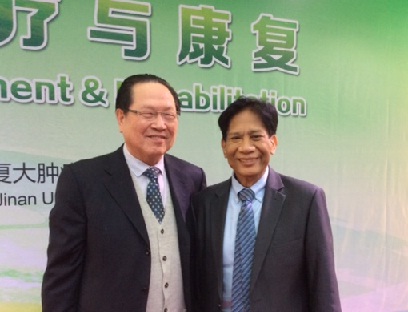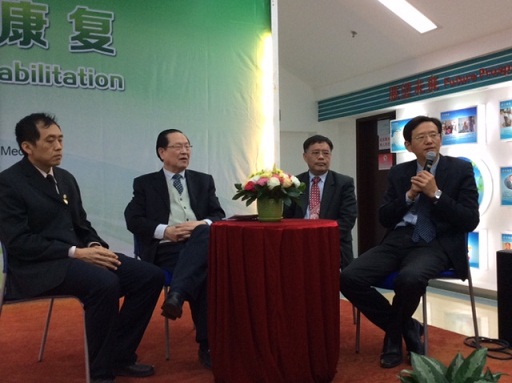When LG came out with their first smartwatch back in March, it looked very plain and simple and had very few features and functionalities. The battery life of about 1.5 days can also be a nuisance since you’ll be forced to re-charge it every single night.

I eventually bought one in Hong Kong last June and tried it out for a couple of months. I was already using several smart bands that time (a Jawbone UP24 and Garmin Vivofit) so an upgrade to a smartwatch running Android Wear seems a nice idea.
So I traded my usual Diesel and TWSteel watches for a much simpler but connected LG G Watch. After a few months, I no longer use it after I keep on forgetting to re-charge at night.

A few months later, LG introduced the second-generation G Watch R with a much nicer design and completely rounded face (the R means round).
The LG G Watch R is perhaps the best-looking smartwatch we’ve seen to date. It has that classic look, a rounded face with nice OLED display that most people would think it’s just a regular watch that glows. The face is protected by a slightly protruding round metal ring so accidental bumps will not harm the glass.

The Polymer-OLED display is about 1.3 inches in diameter and has a resolution of 320×320 pixels. The screen looks pretty sharp and crisp. Outdoor visibility is really good, even under direct sunlight, thanks to the OLED display.
The concept of Android Wear as an operating system is that it allows the watch to connect to an Android smartphone via Bluetooth.

The low-power connection enables the phone and the watch to sync data and connectivity, giving the wearer the ability to receive notifications and make voice commands from the watch.
One can also control the smartphone via the watch in a number of instances – remote shutter for the phone camera, play music, maps and navigation, or simply using Google Now.

The 4GB internal storage of the G Watch R allows the user to actually store music files for playback even when disconnected from the phone. The watch can hook up to a Bluetooth headphone and stream the music directly into it.
For fitness buffs, the built-in step counter or pedometer and the heart rate sensor are very useful features. The photoplethysmography (PPG) sensor emits a green light to the skin which measures blood flow to compute for the heart rate. Based on experience, it’s actually a very accurate sensor.
The watch is powered by a Snapdragon 400 chip with 512MB RAM. This configuration is almost the same as most entry-level Android smartphones out there so we’re confident that future upgrades to Android Wear can still be easily handled by the watch.

With an IP67 rating, the G Watch R is also water and dust resistant, giving you some level of confidence whenever the watch gets the occasional splash.
As for the battery life that we complained from the older model, the new G Watch R is now more efficient and can last close to two days. It’s not still our ideal re-charging cycle but it’s an improvement.
Perhaps the only factor that still makes me hesitate from getting one is the retail price. With an SRP of Php13,990, I feel it’s a bit above the usual price for a smartwatch. I still think the G Watch R is a looker of a smartwatch.
LG G Watch R specs:
1.3-inch P-OLED Display @ 320×320 pixels, 348ppi
Qualcomm Snapdragon 400 1.2GHz quad-core
512MB RAM
4GB internal storage
9-Axis (Gyro/ Accelerometer/ Compass)
Barometer
Photoplethysmography (PPG) sensor
Dust and Water Resistant (IP67)
410mAh battery
Android Wear OS
What we liked about it:
* Classic design
* Fine leather straps
* Decent battery life
* Good performance
What we did not like:
* Very pricey for its category
The post LG G Watch R Quick Review appeared first on YugaTech | Philippines, Tech News & Reviews.










